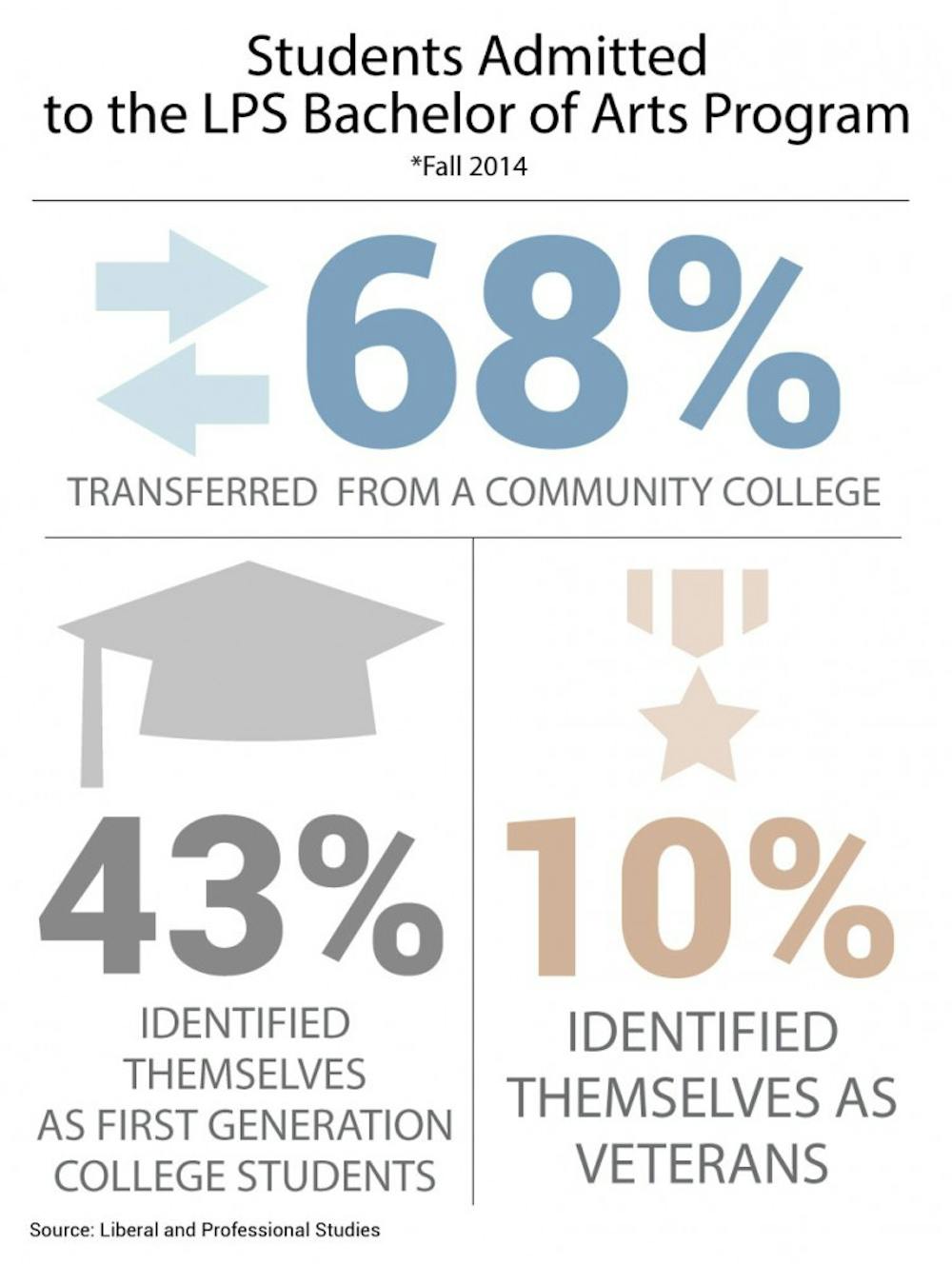Among President Barack Obama’s various proposals outlined in Tuesday’s State of the Union address, one in particular resonated with College senior Emanuel Martinez.
In his speech, Obama formalized his plan — announced two weeks prior — to make the first two years of community college free for students who maintain a 2.5 GPA in a degree program.
“Forty percent of our college students choose community college,” Obama said.
Martinez, along with many other Penn students, is part of that 40 percent.
After one year of community college, Martinez transferred to Penn from Essex County College in Newark, N.J. His education there, which was funded through a scholarship, motivated Martinez to apply to Penn.
Martinez, who was homeless while completing his community college degree, sees his experience as invaluable due to the familial bond formed with his fellow students. “Community colleges build communities faster than four-year colleges, because the student bodies are smaller. Faculty and students have a much closer relationship,” he said.
He appreciated the diversity of age and background in community college attendees. “In community college, you have classes with 30 and 40 year olds. You live with these people and develop a sense of humility and self-awareness. That is difficult to develop at a four-year school,” he said.
According to the American Association of Community Colleges, in Fall 2012, 56 percent of all Hispanic undergraduates attended community college, as did 48 percent of black undergraduates. The average age for community college students is 28 years old.
Obama’s plan also earned praise from Penn President Amy Gutmann.
Gutmann is one of the most vocal supporters of Obama’s plan, primarily due to its investment in low and middle-income students. In an interview with CNBC’s “On the Money,” Gutmann affirmed the necessity of “making college more accessible to more people.”
She noted the scarce financial aid available from state and community colleges, and expressed her desire to see all deserving students educated. Gutmann praised the program as helpful in accomplishing that goal.
Transfers from community college enter Penn mostly through the College of Liberal and Professional Studies. According to the Director of Enrollment Management at LPS Miriam Wright, 68 percent of entering LPS students in Fall 2014 transferred from community college. Additionally, 43 percent of these students identified as the first members of their family to attend college.
Obama’s proposal could increase enrollment at Penn, said Director of the BA and BFA Programs Kathy Urban. “Increased access to a college education at a community college, which as you can see is a significant source of Penn LPS students, will broaden the range of potential students who may consider Penn,” she wrote in an email.
Despite optimism about its ambition, Obama’s plan has also received criticism for its ambiguity and failure to address structural problems in the education system.
“More needs to be done to improve credit transfer, academic achievement and completion rates in our community college system,” said President of the Government and Politics Association and College sophomore Sarah Simon.
“Flooding the system with more students won’t solve those structural concerns,” Simon, who also co-founded a nonprofit geared at increasing college matriculation, added. She also found the GPA requirement troublesome as it may “accelerate grade inflation” and potentially devalue credits earned in community college.
Chair of the Higher Education Division at the Graduate School of Education Laura Perna also recognized potential pitfalls among Obama’s generally positive proposal.
The plan could result in more economic diversity in community colleges by encouraging higher-income students to enroll. However, the plan may also further segregate lower-income students into community college, she said.
Perna is apprehensive about the plan, fearing “four-year colleges being further separated from lower-income students.”
Martinez also recognized structural inequalities in the education system. “It is important that community colleges are provided with infrastructure and resource development,” he said.
“Tied to this is the importance of having an economic system that is able to provide a living wage to graduates of community college,” he added.
While Perna agrees with the spirit of Obama’s plan, she questions the “political feasibility” of the proposal. If introduced as formal legislation, Obama’s plan will have to make it through a Republican-controlled Congress that is unlikely to be receptive of a new spending bill.



